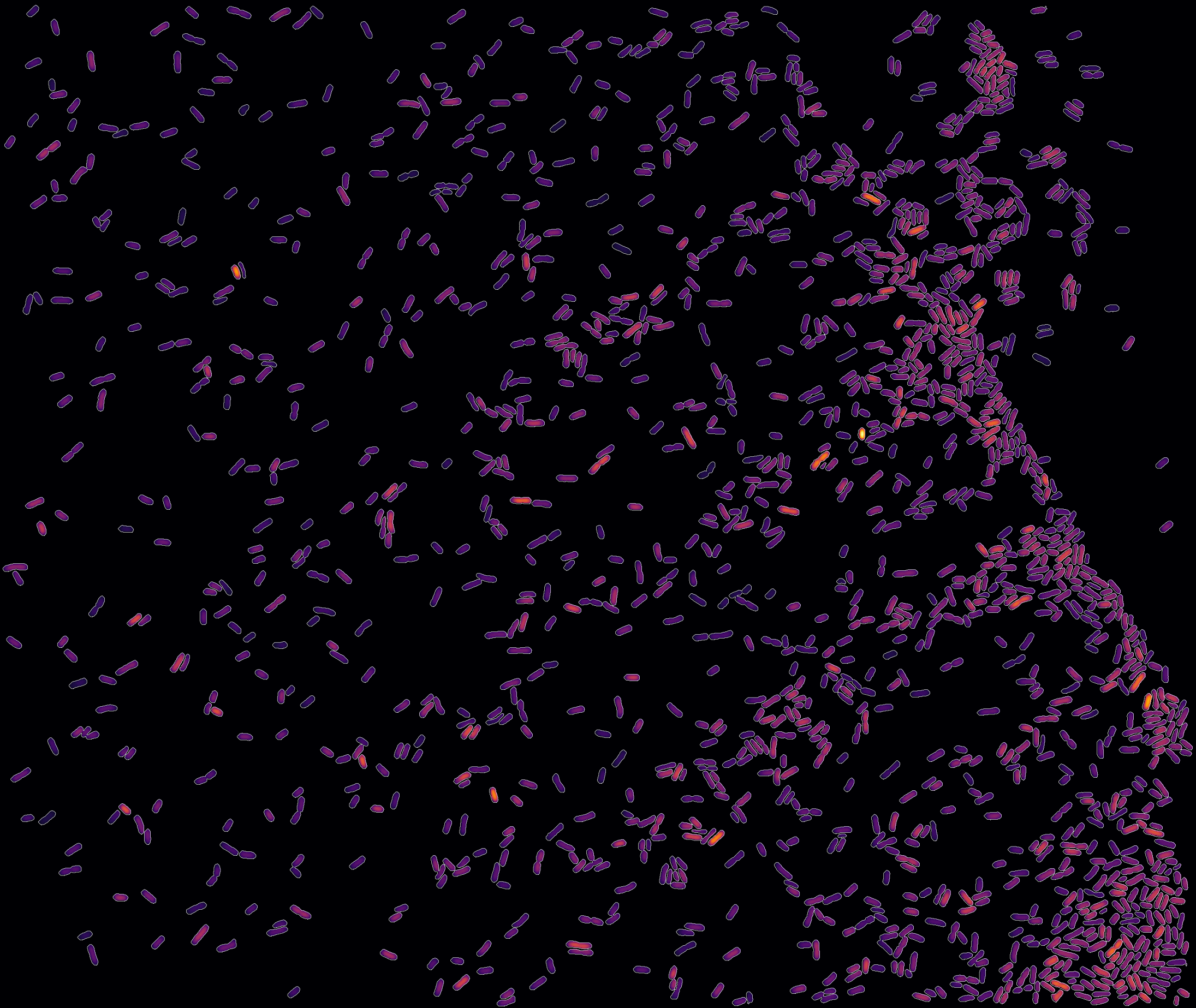
Predictive Shifts in Free Energy Couple Mutations To Their Phenotypic Consequences
Griffin Chure, Manuel Razo-Mejia, Nathan M. Belliveau, Tal Einav, Stephanie L. Barnes, Zofii Kaczmarek, Mitchell Lewis, and Rob Phillips
Abstract
Mutation is a critical mechanism by which evolution explores the functional landscape of proteins. Despite our ability to experimentally inflict mutations at will, it remains difficult to link sequence-level perturbations to systems-level responses. Here, we present a framework to link individual mutations in a transcriptional repressor to the parameters which govern its response through measuring changes in the free energy of the system. We find the energetic effects of the mutations can be categorized into several classes which have stereotypical curves as a function of the inducer concentration. We experimentally test these diagnostic predictions using the well-characterized LacI repressor of Escherichia coli, probing several mutations in the DNA binding and inducer binding domains. We find that the change in gene expression in response to a point mutation can be captured by modifying a subset of the model parameters which describe the respective domain of the wild-type protein. These parameters appear to be insulated, with mutations in the DNA binding domain altering only the DNA affinity and those in the inducer binding domain altering only the allosteric parameters. Changing these subsets of parameters tunes the free energy of the system in a way that is concordant with theoretical expectations. Finally, we show that the induction profiles and resulting free energies associated with double mutants can be predicted with quantitative accuracy given knowledge of the single mutants, providing an avenue for identifying and quantifying epistatic interactions.
Significance
We present a biophysical model of allosteric transcriptional regulation that directly links the location of a mutation within a repressor to the biophysical parameters that describe its behavior. We explore the phenotypic space of a repressor with mutations in either the inducer- or DNA-binding domains. Using the LacI repressor in Escherichia coli, we make sharp, falsifiable predictions and use this framework to generate a null hypothesis for how double mutants behave given knowledge of the single mutants. Linking mutations to the parameters which govern the system allows for quantitative predictions of how the free energy of the system changes as a result, permitting coarse graining of high-dimensional data into a single-parameter description of the mutational consequences.